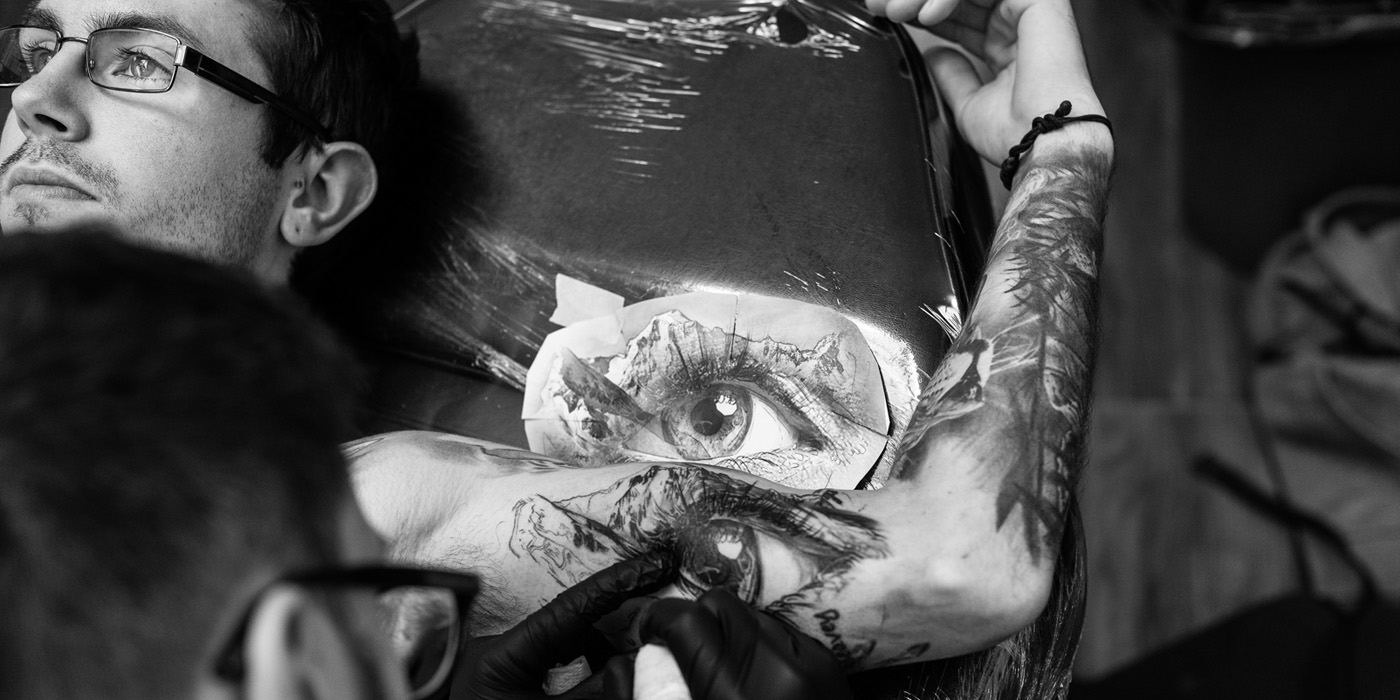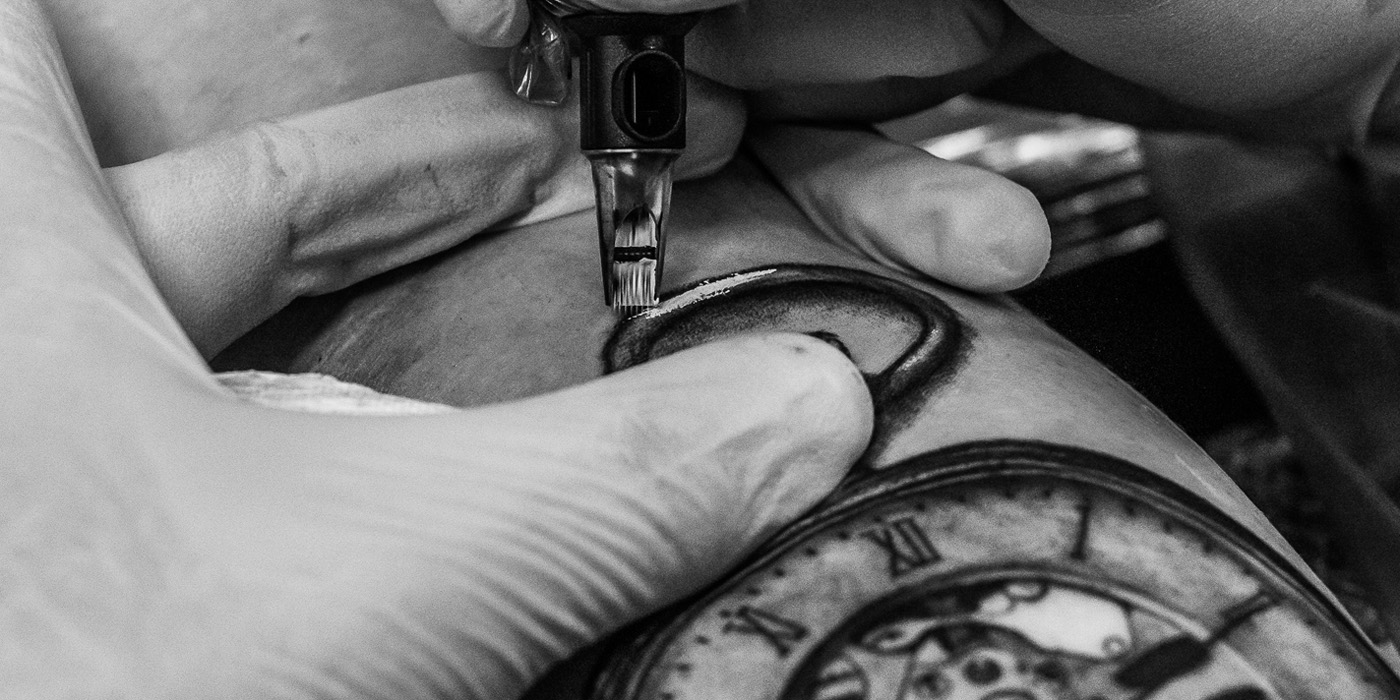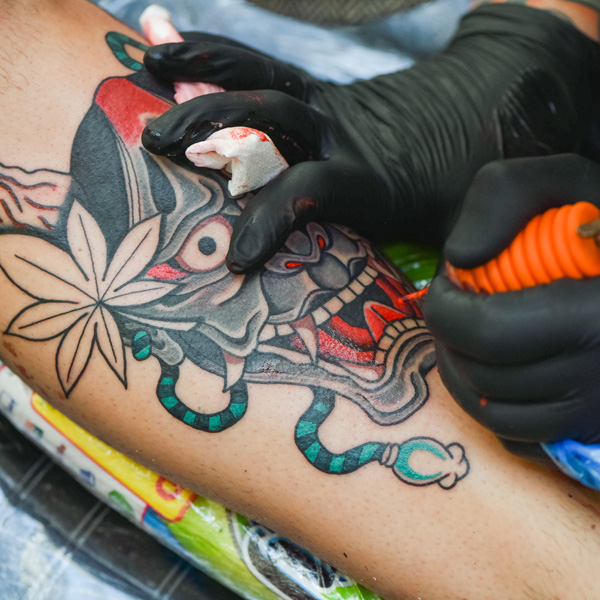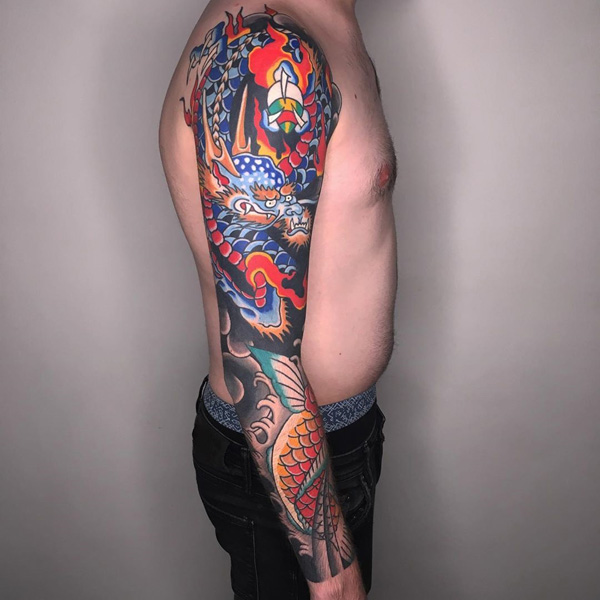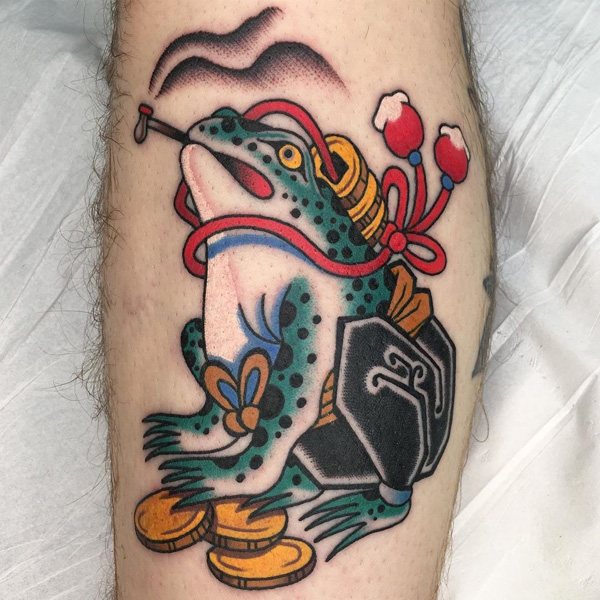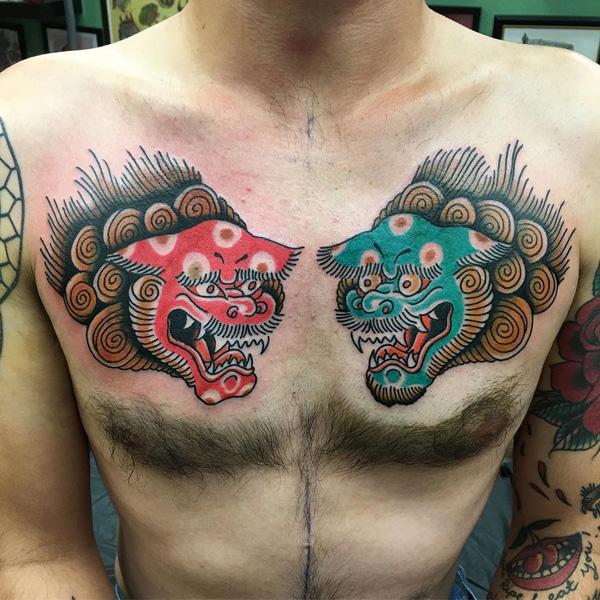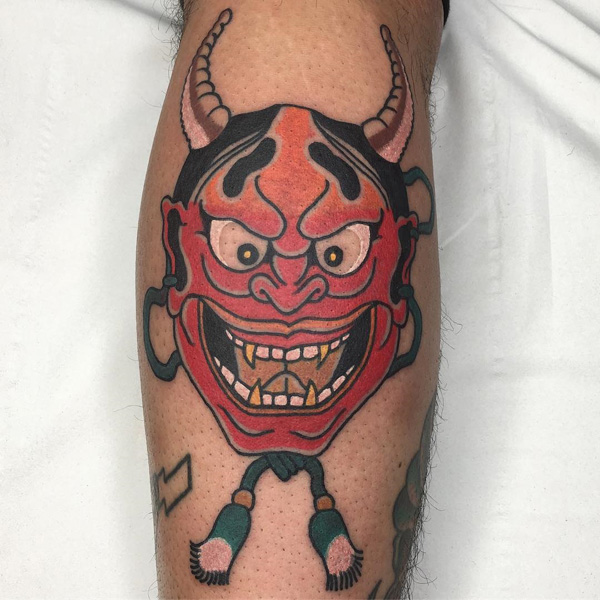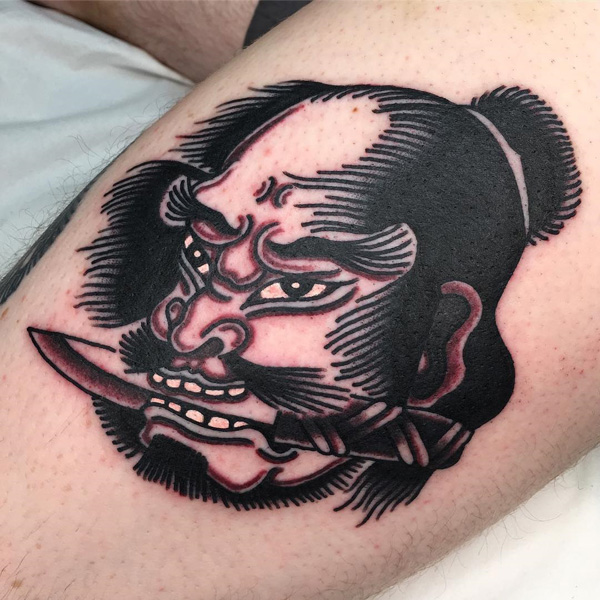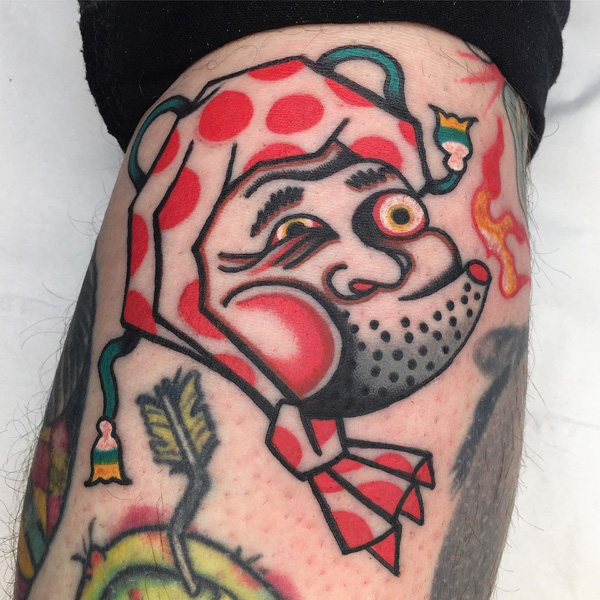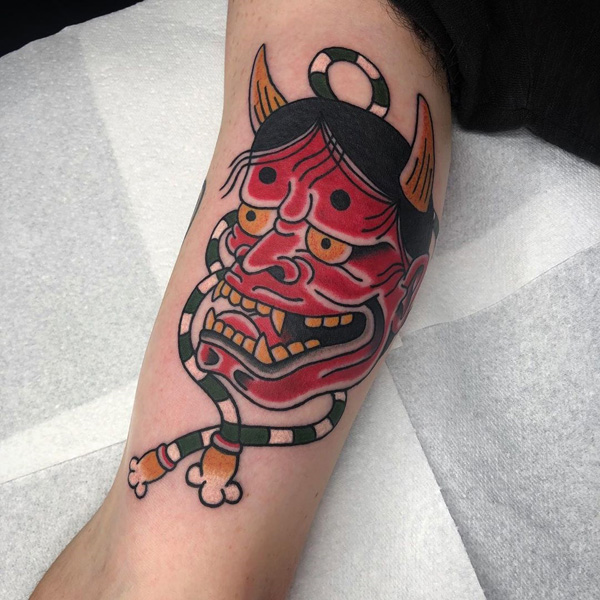Japanese Tattoos
Japanese tattoos have a contested history unlike any other tattooing culture out there. On top of the striking look of these tattoos, the fact that they’ve proved so controversial over time in their homeland means that Japanese tattoos hold a unique status.
Irezumi, as the traditional form of Japanese tattooing is known, can be traced back to the 3rd century AD, if not earlier. Chinese writing from the time points out that all Japanese men encountered were seen with facial tattoos. As this ritual role continued for centuries, attitudes started to firmly shift by the 7th century, when tattooing came to be associated with criminality. Soon after this, tattooing actually became a form of punishment branding, something which would last 1000 years! This birthed a true underground culture, whereby despite tattoos being banned on locals, foreign visitors to Japan could still get inked by Irezumi artists. Combined with the popularity of print artists like Hiroshige, the visual language of Japanese art started to filter out across the globe – travelling by way of skin and art canvas. In the past century, tattoos became strongly linked to the infamous yakuza, leading to the point today where ‘polite’ Japanese society still tends to shun tattoo displays in public places and in work. In turn however, Yakuza tattoos have taken on a new life in Western Culture in the 21st Century. Phew, OK, history-burst complete – but aside from a fascinating historical past, you may be thinking, what’s so great about Japanese tattoos?
Well, just the simple thing about them looking flippin’ awesome and there being a mesmerising system of symbols to the entire culture. Right, one before the other: Japanese style tattoos have a distinct, bold, confident look. They’re often done as larger pieces, say on the chest or back, or done as an ever popular japanese sleeve/half-sleeve tattoo. They often combine the best parts of black and grey shading and coloured ink styles.
The textured look that comes from depicting the scales of a koi fish, for example, means such Japanese tattoos are brilliant for complimenting curves on the body like forearms or biceps. Koi fish symbolise good fortune as well perseverance – Japanese fishermen in the 19th century were known to get koi tattoos for good luck while at sea. Water dragons symbolise the danger of the ocean and the need to respect forces of nature. Flowers are also major motifs and symbols in Japanese tattoos. Petals of the iconic cheery blossom represent the impermanence of beauty – and highlight how this must be accepted and cherished to lead a life of fulfilment. Female figures in Japanese tattoos range from placid ladies of refinement to all-action demons, showing femininity as having both intense grace and intense power. And that’s just dipping a toe into the incredible history of Japanese women’s resistance and shamanism movements finding expression through tattoos.
As well as all this, Japanese tattooing has been incredibly important in influencing all sorts of modern tattoo styles. Everything from shading techniques, innovations in coloured ink, subject matter for (Neo-)Traditional tattoos, and loads in between has been inspired by the intense look and rich history of Japanese tattoos.
So in a nutshell, Japanese tattooing culture has both secretive, underground qualities and is also widely influential. Japanese style tattoos potentially range from the ambitious and lengthy (with mythological meanings) or smaller, more subtle, calligraphy-style works. There’s so much inspiration to work from! Have a chat with one of our expert tattoo artists about how this type of art could be the gamechanger for your body’s canvas.

